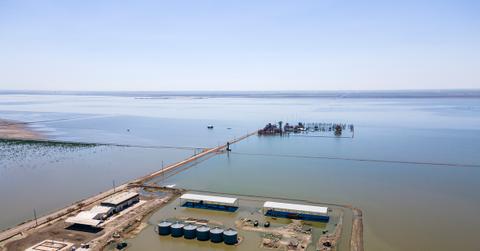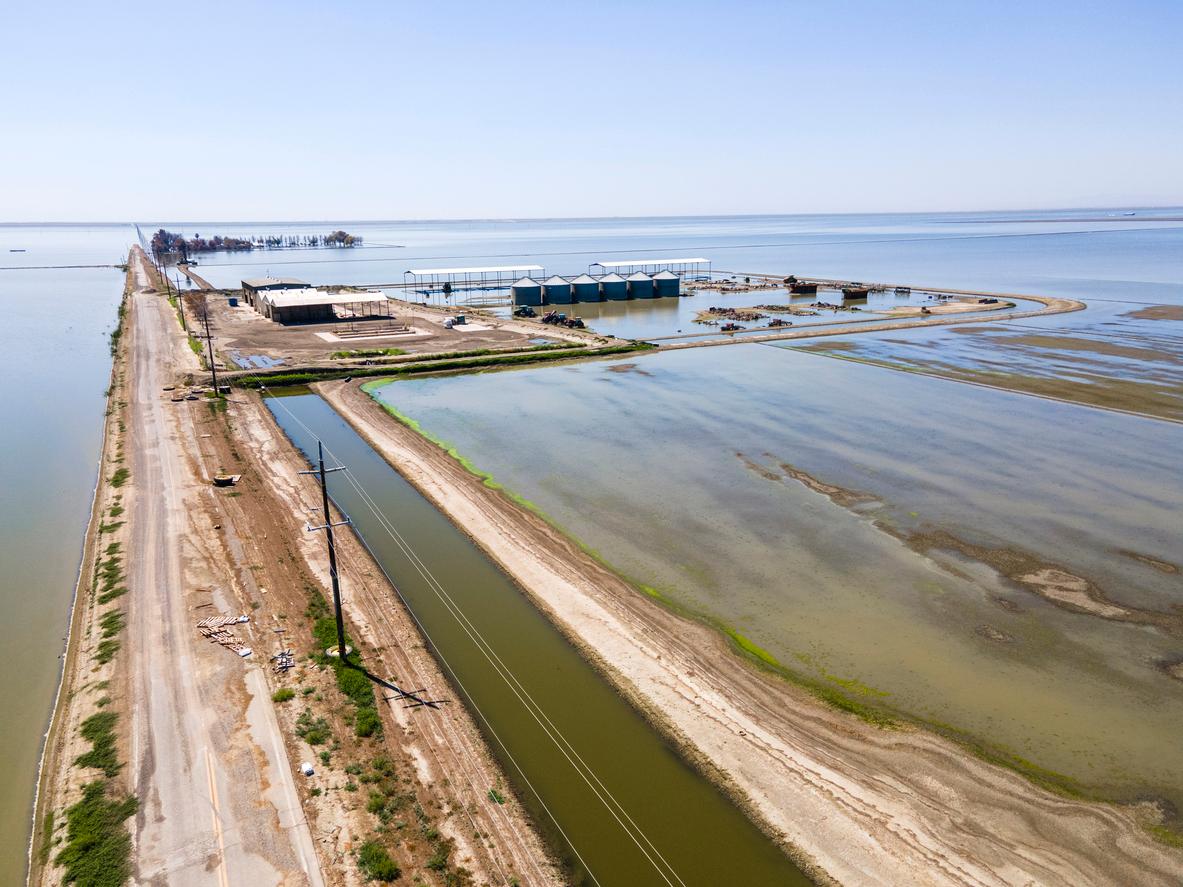California's 'Ghost Lake' Returns After More Than a Century — About Tulare Lake
Flora and fauna have flourished upon Tulare Lake's return.
Published Dec. 5 2024, 4:25 p.m. ET

Over a century ago, Tulare Lake connected communities and supplied life to an area of California. Then, human intervention dried up the lake by 1890, and the once-thriving water source in the San Joaquin Valley became known as a "ghost lake."
In 2024, snowmelt from the Sierra Nevada mountain range fed a massive flow of water, and Tulare Lake returned, leaving the "ghost lake" moniker behind.
Here is what we know about Tulare Lake's return, why and how the lake reappeared after more than a century, and how the natural world has been responding to its reappearance.

The "ghost lake" in California's San Joaquin Valley has returned after 130 years.
Tulare Lake is referred to as “Pa’ashi” by the Indigenous Tachi Yokut tribe, per Northeastern Global News. The lake once spanned over 100 miles and went dry due to human intervention. The lake began disappearing in the late 1850s and early 1860s when California wanted to take "public land" (historically Indigenous land) and turn it into private ownership via manmade draining or irrigation.
According to Northeastern Global News, the first time the lake fully disappeared was in 1890. Per Earth.com, Tulare Lake became known by the moniker "ghost lake" after its destruction.
In 2023, the lake miraculously returned, thanks to heavy rain and snow melt that flooded the depression. Previously, snow melt alone was enough to sustain the lake's waters.
2024 is actually the fifth time Tulare Lake returned to flood the San Joaquin Valley, according to UNILAD. Furthermore, “it happened in the ’80s, it happened once in the ’60s, a couple of times in the ’30s,” researcher Vivian Underhill told Northeastern Global News.
Are there fish in Tulare Lake?
Human intervention in Tulare Lake during the 1800s caused biodiversity loss as habitats were destroyed. However, since the lake's roaring return in 2023, fish have returned to the spot that they — and countless other animals — once called home.
According to Northeastern Global News, species of birds that have returned to Tulare Lake include pelicans, hawks, waterbirds, and burrowing owls. Fish and amphibians, too, have been transported by snowmelt to repopulate the lake.
“Something that continues to amaze me is — [the birds] know how to find the lake again. It’s like they’re always looking for it,” Underhill told the outlet.
Ducks and other water birds have been spotted as well, according to UNILAD. As the climate crisis caused by human intervention continues to cause troubling behaviors in marine life and forcing fish into unforeseen territories, it remains to be seen what will become of the fish population in Tulare Lake.